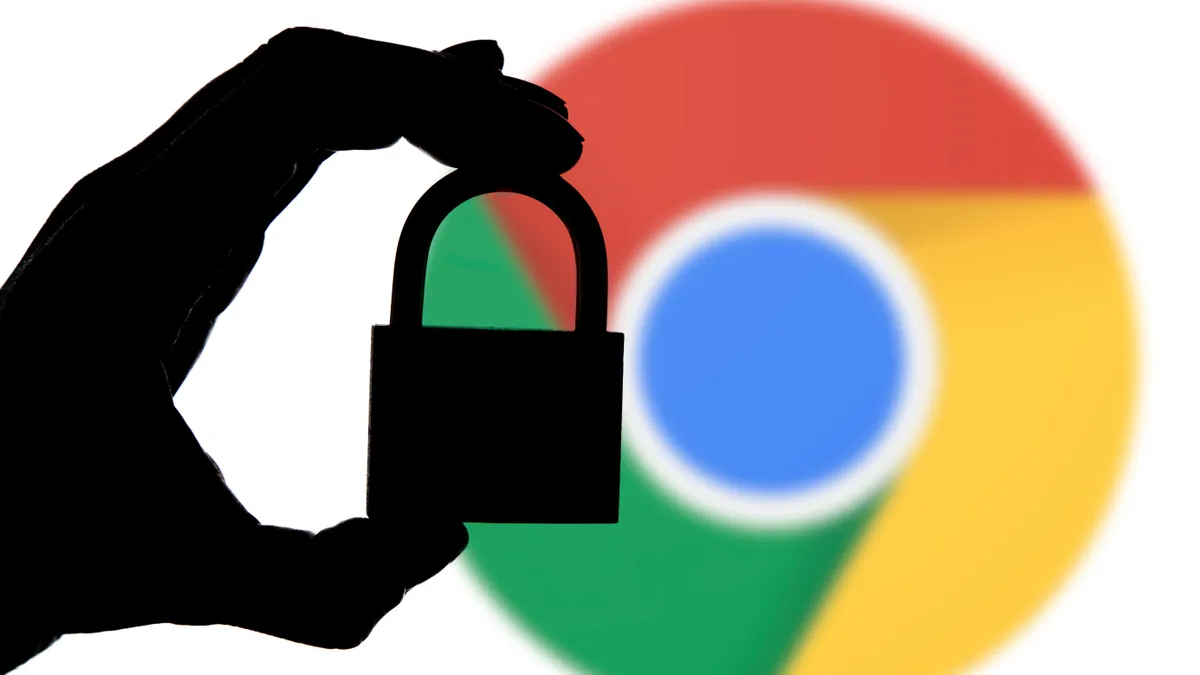Google retires the obsolete Chrome Cleanup Tool
Google is finally trashing one of its longtime Chrome browser applications, the Chrome Cleanup Tool, alongside another feature that scans Windows PCs and laptops for security threats.
According to The Verge (opens in new tab), the Cleanup Tool will be removed upon the release of Chrome 111 (opens in new tab). After that, users will no longer be able to scan their PC with the tool through either the Safety Check feature or the browser’s ‘Reset settings and cleanup’ option in Windows.
Though it’s a useful tool, the Cleanup Tool was never meant to be a comprehensive one. There are plenty of other tools and applications that serve its function better like Google Safe Browsing and the built-in Chrome virus protection. And, according to Google, user reports of unwanted and malicious software have declined over the years. Apparently, only 0.06% of Cleanup Tool scans in February actually yielded software concerns.
Back in 2020, Google and cybersecurity firm ESET confirmed they would continue their partnership, which included working with Chrome Cleanup Tool. The technology was specifically employed by Google to inform users of potentially harmful software attempting to access their devices, with the Cleanup Tool then being used to rid the machine at risk of said software. Now that Google is ridding its browser of the tool, it's unclear if and where the partnership with ESET will go from here.
We reached out to Google for comment concerning the full reasons why the Cleanup Tool was retired and will let you know if and when we hear back.
Why retiring Cleanup Tool is not a bad thing
Google claims that the Chrome Cleanup Tool has performed over 80 million cleanups since its release in 2015, recovering systems affected by unexpected settings changes and removing extensions violating Google’s Unwanted Software Policy.
However, one of Google’s main reasons for finally retiring the program — other than due to overlap with other applications that perform the same function — is that new phishing and malware trends continue to emerge and evolve. Malicious software, judging by the less than one percent statistic the tech giant provided, is simply not the same threat as it was before and it makes sense to focus budget and time on enhancing and maintaining security measures that focus on current trends.
Automatic Safe Browsing, anti-malware tools, and enhanced system protections, as well as Adblock and other browser extensions, are clearly more than capable of protecting your Windows machine from threats. It’s vital that security measures evolve with the times, and that we lay to rest programs that are effectively obsolete.
- Asciito
-

 1
1



Recommended Comments
There are no comments to display.
Join the conversation
You can post now and register later. If you have an account, sign in now to post with your account.
Note: Your post will require moderator approval before it will be visible.